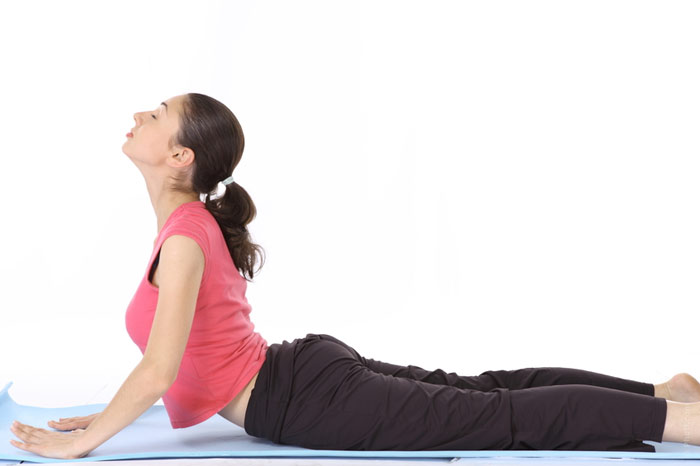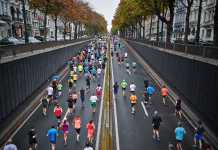Cramps, these exercise devils that seize you unawares and render you helpless as you are doing sport, aren’t what one generally thinks about when setting out for a spell of physical activity. You don’t expect them, yet they come like a bolt out of the blue. What is it, gods’ revenge or death’s reminder?

Painful, but not so dramatic
Once you’ve dealt with the onset, you will do well to consider possible problems these cramps came to tell you about. It is a sure sign that your body needs attention. What exactly you will have to see to is not so simple a question, but here are some tips that may enable you to respond in an efficient fashion.
The side-hitting kind
What actually causes these particular cramps is not known for sure, but they can be alleviated fairly successfully. As you get winded by side-stitches, try to inhale more air. Stop, put your arms up as high as you can, letting in more oxygen, filling your lungs and thus applying some pressure to the thoracic cavity muscles. If it doesn’t take the edge off the cramps, press the painful spot with your hand and start breathing deeply and slowly.
The stomach-hitting kind
You have known from childhood that you can’t get physically active right after a meal. This is the time when your gastrointentinal tract needs active blood inflow, and if you begin to strain your muscles, they will begin to vie for the blood. As the muscles draw in more and more blood, you are in for stomach cramps. If, on the other hand, your muscles will lose to the stomach, they will go twitching. This mostly goes for solid food that needs time to be digested properly; there are people who don’t get cramps when they drink liquids or eat energy bars – that’s easy stuff that can be broken down quickly. But if you had a good nourishing meal, don’t go to the gym until at least an hour and half has passed.
The calf-hamstring-hitting kind
As you have lost much water, potassium, and sodium through sweating, your nerves send signals to your muscles which begin to be more sensitive to contracting. Now they are prone to developing cramps, and any trifling thing can trigger it off. Practically every muscle suffers from dehydration in this case, but those most likely to go crampy are calves, hamstrings and quads. If you get hit, stop at once, stretch the painful muscle and take some water. A good idea is to observe your urine before working out: if it is not clear enough, you may be lower on water than necessary.
The worked-out-muscle-hitting kind
If you get cramps in the muscle(s) you have just given a good workout to, it happens because the muscle is unable to replenish the lost nutrients in such a short time. Sometimes it is brought about by the muscle maintaining the same position for a period of time. If you experience it during the workout, halt and let the hit muscle relax. If it cramps up later, let it loosen up through making it active, move it around some. A very painful onset may indicate that you will have to go easy on that muscle for the following couple of days.
The random kind
There can be some unexpected cramps if you haven’t warmed up properly before you went at it hard. You have to make it gradual – let your body’s temperature go up slowly, increase the inflow of oxygen, blood and nutrients little by little, make your muscles more elastic. If you had insufficient warming up or neglected to do it at all, your muscles may react to sudden loss of nutrients by cramping up on you.










